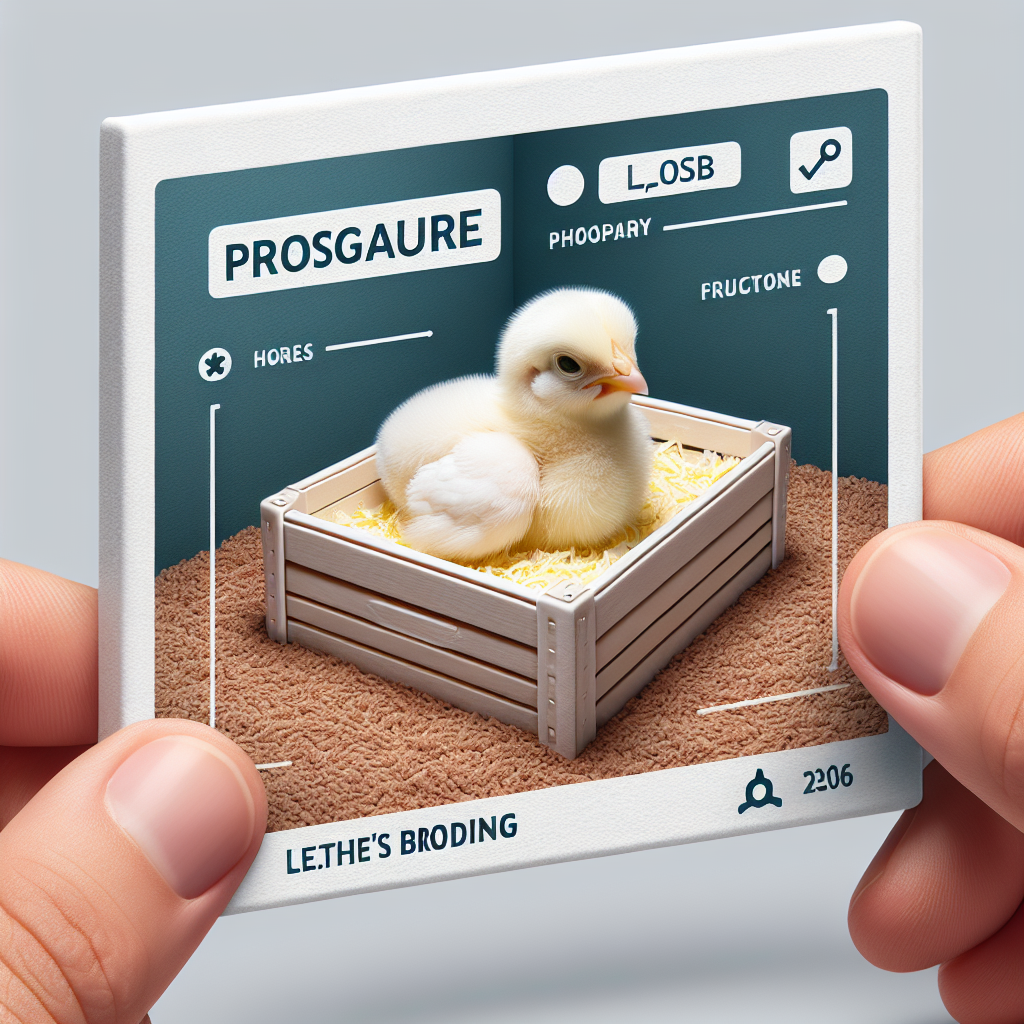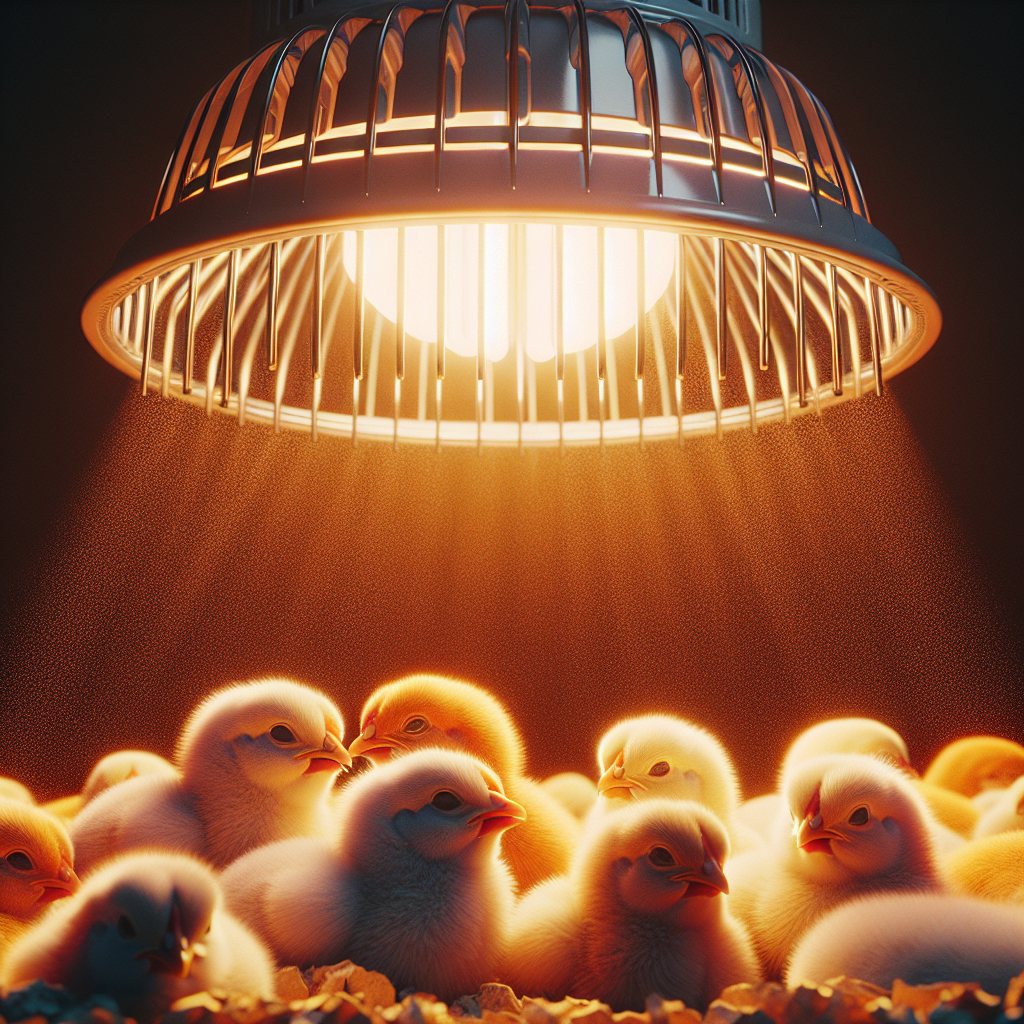Maintaining a clean and sanitary brooding area is crucial for the health and well-being of your poultry. Regular cleaning not only helps prevent the spread of diseases but also promotes optimal growth and development. So, how frequently should you clean the brooding area to ensure a sanitary environment? In this article, we will explore some essential guidelines to keep your brooding area clean and hygienic, ensuring the utmost care for your flock.
Importance of a clean brooding area
A clean brooding area is vital for the health and well-being of your chicks. It not only prevents the spread of diseases but also reduces mortality rates and promotes healthy growth and development. Ensuring a clean and sanitary environment is crucial in providing the best start for your chicks.
Factors to consider
Several factors should be taken into account when determining how often to clean the brooding area. The age of the chicks, the number of chicks in the brooding area, the type of bedding material used, and the environmental conditions all play a role in determining the cleaning frequency.
Cleaning frequency for different age groups
Cleaning frequency varies depending on the age of the chicks. During the first week (day 1-7), it is recommended to clean the brooding area daily to maintain optimal hygiene. In the second week, a weekly deep cleaning should be conducted to keep the area clean. From week 3-4, a weekly deep cleaning is still advised. As the chicks reach week 5-6, the cleaning can be done on a biweekly basis.
Cleaning strategies
There are several cleaning strategies that can be employed to maintain a clean brooding area. Daily spot cleaning involves removing any visible waste or soiled bedding on a daily basis. Weekly deep cleaning, on the other hand, involves a more thorough cleaning of the entire brooding area, including replacing bedding material. Disinfection practices should also be incorporated regularly to kill any bacteria or pathogens. Proper waste management is crucial for maintaining cleanliness and hygiene in the brooding area.
Signs that indicate the need for cleaning
Certain signs indicate that the brooding area requires cleaning. A foul odor is a clear indicator that the area needs immediate attention. Excessive dust can also be a sign of an unclean environment. The presence of flies or other insects is another indication that the brooding area needs cleaning. Additionally, a visible build-up of waste materials, such as feces or spilled feed, is a sign that the area needs to be cleaned.
Precautions when cleaning
When cleaning the brooding area, it is important to take certain precautions. Wearing personal protective equipment, such as gloves and a mask, is crucial to avoid any direct contact with waste materials or cleaning agents. Cross-contamination should be avoided by using separate cleaning tools for different areas or by disinfecting tools between uses. Proper disposal of waste material is essential to prevent the spread of diseases. Safe cleaning agents should be used to ensure the health and safety of the chicks.
Benefits of maintaining a sanitary brooding area
Maintaining a sanitary brooding area yields several benefits. The overall health of the chicks is improved, resulting in stronger and more robust birds. Enhanced chick productivity is also observed in a clean environment. By reducing the risk of disease outbreaks, the need for veterinary intervention is minimized, leading to lower veterinary costs.
Common mistakes to avoid
To ensure a clean brooding area, it is important to avoid certain common mistakes. Overcrowding the brooding area can lead to unsanitary conditions and increased stress among the chicks. Neglecting regular cleaning can result in the accumulation of waste material and the spread of diseases. Using ineffective cleaning agents may not adequately kill bacteria or other pathogens. Inadequate waste management can also contribute to an unclean environment.
Tips for efficient cleaning
To optimize the cleaning process, several tips can be followed. Establishing a cleaning schedule helps to maintain consistency and ensures that the brooding area is regularly cleaned. Using appropriate cleaning tools, such as brooms, shovels, and disinfectants, helps to efficiently remove waste and maintain cleanliness. Properly ventilating the brooding area during cleaning helps to eliminate odors and ensure a fresh environment. Monitoring and maintaining temperature and humidity levels contribute to creating an optimal environment for the chicks.
Conclusion
In conclusion, a clean brooding area is crucial for the health and well-being of your chicks. Regular cleaning, following the recommended cleaning frequency, is essential in preventing the spread of diseases, reducing mortality rates, and promoting healthy growth and development. By considering factors such as the age of the chicks, the number of chicks, the type of bedding material, and the environmental conditions, you can ensure a clean and sanitary brooding area. By following proper cleaning strategies, taking necessary precautions, and avoiding common mistakes, you can maintain a sanitary brooding area that provides numerous benefits, including improved chick health, enhanced productivity, and reduced veterinary costs. Remember to establish a cleaning schedule, use appropriate cleaning tools, properly ventilate the brooding area, and monitor temperature and humidity levels for efficient cleaning and optimal chick development.




